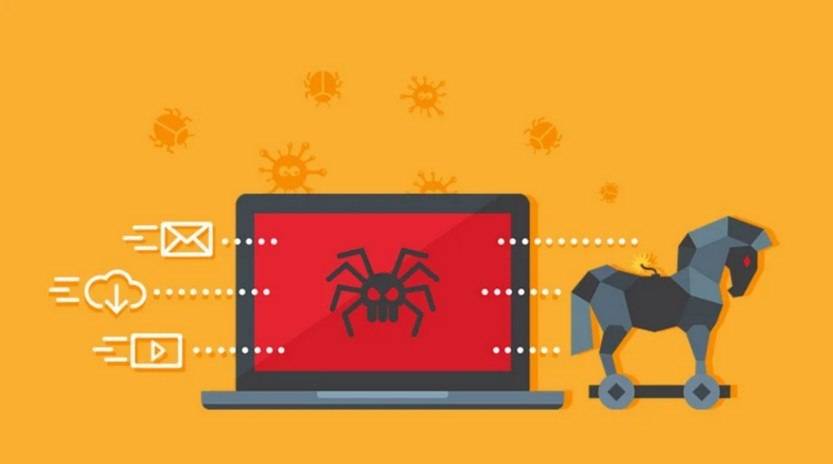Scams and phishing attempts have become increasingly prevalent in the digital age, with cybercriminals constantly devising new ways to trick unsuspecting individuals into revealing their personal information. One such scam that has gained significant attention is the Microsoft ‘Unusual Sign-In Activity’ email phishing scam. This article aims to provide a comprehensive overview of this scam, including what it is, how it works, what to do if you have fallen victim, technical details, and relevant statistics.
What is the Microsoft ‘Unusual Sign-In Activity’ Email Phishing Scam?
The Microsoft ‘Unusual Sign-In Activity’ email phishing scam is a fraudulent attempt to obtain sensitive information, such as usernames, passwords, and financial details, by posing as a legitimate email from Microsoft. The scam typically involves sending an email to the target, claiming that there has been unusual sign-in activity on their Microsoft account and urging them to take immediate action to secure their account.
The email often appears convincing, mimicking the design and branding of official Microsoft communications. It may include logos, graphics, and even links to seemingly legitimate Microsoft websites. However, these emails are carefully crafted to deceive recipients into providing their login credentials or other personal information.
How Does the Scam Work?
The Microsoft ‘Unusual Sign-In Activity’ email phishing scam operates through a series of steps designed to trick individuals into divulging their personal information. Here is a breakdown of the typical scam process:
- The scammer sends an email to the target, posing as Microsoft and claiming that there has been unusual sign-in activity on their account.
- The email often includes urgent language, such as “Your account has been compromised” or “Immediate action required,” to create a sense of urgency and panic.
- The email instructs the recipient to click on a link or download an attachment to verify their account or secure their account.
- Upon clicking the link or downloading the attachment, the target is redirected to a fake Microsoft login page that closely resembles the legitimate one.
- The target is prompted to enter their username and password on the fake login page, unknowingly providing their credentials to the scammer.
- Once the scammer obtains the target’s login credentials, they can gain unauthorized access to the victim’s Microsoft account and potentially exploit it for various malicious purposes.
What to Do If You Have Fallen Victim?
If you have fallen victim to the Microsoft ‘Unusual Sign-In Activity’ email phishing scam, it is crucial to take immediate action to minimize the potential damage. Here are the steps you should follow:
- Change your Microsoft account password immediately to prevent further unauthorized access.
- Enable two-factor authentication (2FA) for your Microsoft account to add an extra layer of security.
- Scan your device for viruses and malware using reputable security software, such as Malwarebytes Free.
- Review your account activity and check for any suspicious or unauthorized actions.
- Report the incident to Microsoft by forwarding the phishing email to phish@office365.microsoft.com.
- Monitor your financial accounts and credit reports for any signs of fraudulent activity.
- Stay vigilant and educate yourself about common phishing techniques to avoid falling victim to similar scams in the future.
Technical Details of the Scam
The Microsoft ‘Unusual Sign-In Activity’ email phishing scam relies on various technical tactics to deceive recipients and steal their personal information. Here are some key technical details:
- The scam emails often use social engineering techniques to create a sense of urgency and panic, compelling recipients to take immediate action without thoroughly verifying the legitimacy of the email.
- Scammers may use domain spoofing techniques to make the email appear as if it is coming from a legitimate Microsoft domain.
- The fake login pages used in the scam are meticulously designed to closely resemble the legitimate Microsoft login page, making it difficult for users to distinguish between the two.
- Phishing emails may contain malicious links or attachments that, when clicked or downloaded, can install malware or keyloggers on the victim’s device, further compromising their security.
Statistics on Email Phishing Scams
Email phishing scams, including the Microsoft ‘Unusual Sign-In Activity’ scam, continue to pose a significant threat to individuals and organizations worldwide. Here are some eye-opening statistics:
- According to the FBI’s Internet Crime Complaint Center (IC3), phishing was the most reported cybercrime in 2020, with over 241,342 complaints received.
- A report by Verizon found that 36% of data breaches involved phishing attacks.
- In a study conducted by Proofpoint, it was revealed that 90% of organizations experienced targeted phishing attacks in 2019.
- The Anti-Phishing Working Group (APWG) reported a staggering 1.2 million phishing attacks in the first quarter of 2021 alone.
Summary
The Microsoft ‘Unusual Sign-In Activity’ email phishing scam is a deceptive scheme aimed at tricking individuals into revealing their personal information. By posing as Microsoft and creating a sense of urgency, scammers attempt to obtain login credentials and other sensitive data. If you have fallen victim to this scam, it is crucial to take immediate action by changing your password, enabling two-factor authentication, and scanning your device for malware. Additionally, reporting the incident to Microsoft and staying vigilant against phishing attempts can help protect yourself and others from falling victim to similar scams. Remember, awareness and proactive measures are key to staying safe in the digital landscape.











